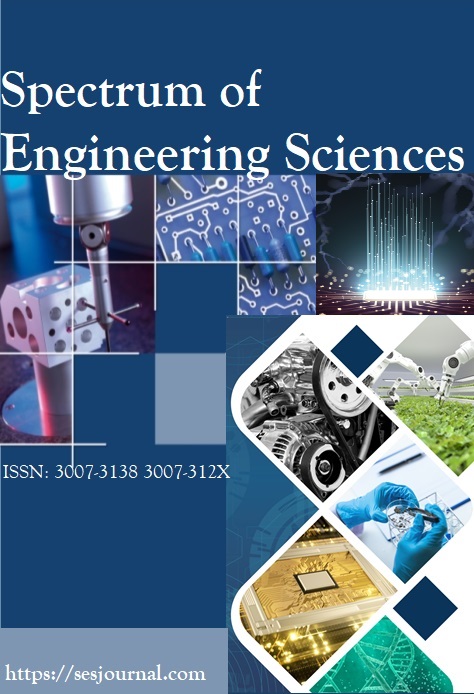XCEPFOREST: A HYBRID DEEP LEARNING AND MACHINE LEARNING APPROACH FOR ENDANGERED AQUATIC SPECIES CLASSIFICATION
Keywords:
Deep learning, Xception, Random Forest, Endangered species, Marine life, Feature Extraction, XcepForestAbstract
From the appearance of Homo sapiens until now, innumerable species have gone extinct, and many marine organisms are now on the verge of extinction due to human activity and changing environmental conditions. In this study, we proposed a hybrid model for endangered aquatic species classification based on deep learning and machine learning. We use the Xception Pre Trained Model for high-level image feature extraction, followed by Random Forest classification and termed it “XcepForest”. We utilized the data downloaded from iNaturalist which was annotated with video frames extracted from the trusted accounts, and performed bilateral filtering and adaptive gamma correction for better image quality before feeding into the model. Across an 80-20 train-test split, XcepForest achieved 92.73% accuracy on the training set and 92.45% accuracy on the test set, successfully annotating species including the green sea turtle, whale shark, and blanket octopus. Overall, the majority of existing research has focused on the classification of fish and other marine mammals, and often requires high computational power and does not aim for the monitoring of endangered species. Thus combining deep feature extraction with a machine learning classifier, provides an efficient and scalable solution to the conservation of marine biodiversity.
















